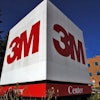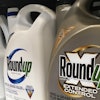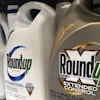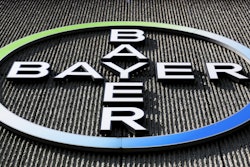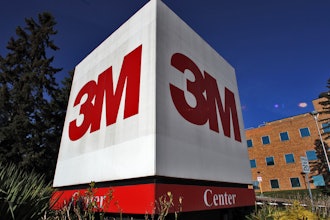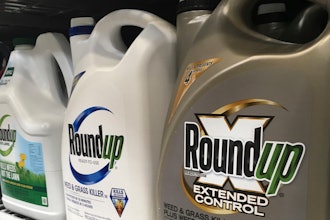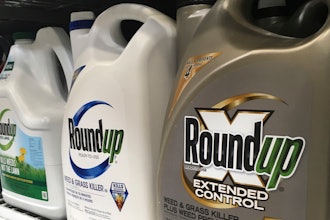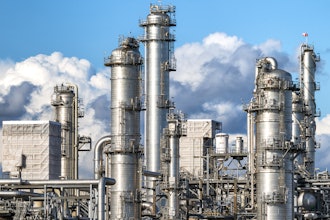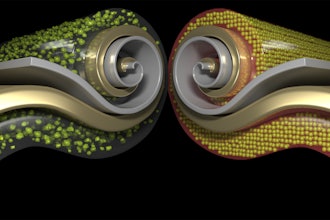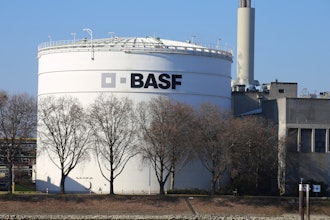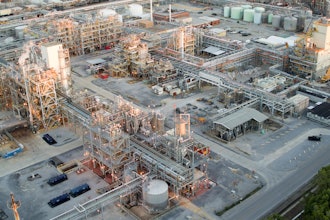US demand for rubber is forecast to reach $8.9 billion in 2021, according to Rubber: United States, a report recently released by Freedonia Focus Reports. Tire manufacturing and retreading represents a significant source of demand for rubber in the US, with the two combined accounting for roughly three-fifths of domestic rubber consumption over the historical period. Thus, the most widely consumed elastomers are styrene-butadiene rubber, natural rubber, and polybutadiene rubber due to their use in tire production. Expansion in domestic tire production will spur growth in demand for these elastomers.
Gains in consumption of natural rubber will lead growth in the rubber market as a whole as segment demand rebounds. Demand for natural rubber reached its lowest point since 2009 in 2016 as prices plummeted and US tire production fell from 2011 peaks. Most automotive car tires feature a natural rubber proportion of 10% to 40%. Larger tires and those utilized in demanding applications require a higher proportion of natural rubber.
These and other key insights are featured in Rubber: United States. This report forecasts US rubber demand in nominal and real (inflation-adjusted) terms and synthetic rubber shipments in nominal terms in US dollars at the manufacturers' level to 2021. Total demand in nominal terms is segmented by type in terms of:
- styrene-butadiene rubber
- natural rubber
- polybutadiene rubber
- ethylene-propylene diene monomer
- polychloroprene; isobutylene isoprene, or butyl, rubber; polyisoprene rubber; and acrylonitrile-butadiene rubber
- other synthetic rubbers such as acrylic and fluoroelastomers.
The scope of this report is defined as thermoset elastomers and excludes thermoplastic elastomers (eg, thermoplastic polyurethanes) as well as silicone elastomers. Reclaimed rubber is also excluded. Rubber demand represents the raw elastomers, before the compounding stage. Re-exports of rubber are excluded from demand and trade figures.
